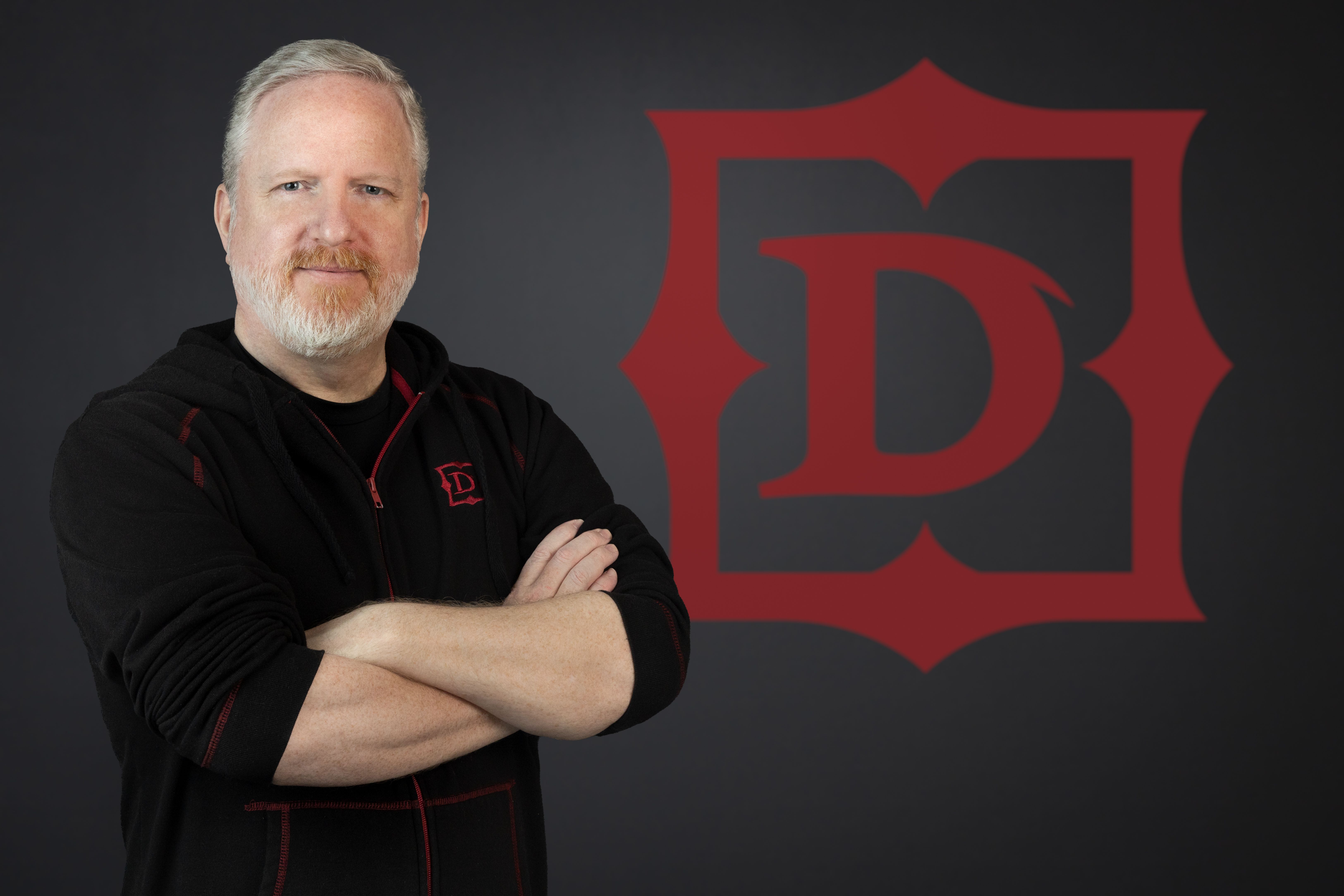-
Event Seating Arrangements: What Type Is Best for Your Event Clients? – By Heather Apse – Image Credit Tripleseat
The way you arrange seating can influence deals, shape relationships, and determine whether an event meets its goals. When your venue hosts weddings, corporate gatherings, or social events, the way you handle seating arrangements isn’t just a detail—it plays a major role in the flow, atmosphere, and overall success of the event. It’s no exaggeration to say that a poorly planned seating arrangement can disrupt an otherwise flawless experience.
For venue teams, managing seating arrangements requires careful coordination, attention to guest dynamics, and a solid plan. It can be one of the more complex parts of event setup, but with tools like Tripleseat Floorplans, a 3D floor planning solution built for hospitality, you can take the guesswork out of the process and create smooth, visually appealing setups every time.
In this article, we’ll explore popular seating arrangement styles, walk through a checklist to help your team make the best possible choices when creating event diagrams and floor plans, and show how Tripleseat’s floor plan and event management features can simplify your operations and elevate the guest experience.
How to Decide on a Seating Arrangement?
Choose your seating layout based on the event’s format, duration, and the needs of both your client and the attendees. Consider the type of event—corporate, social, or celebratory—and how guests will engage with one another throughout the experience. For example, a formal corporate seminar with keynote speakers may require theater or classroom-style seating to maintain focus and structure, while a one-day brainstorming session is better suited to pod or cluster seating that encourages conversation and collaboration. For weddings or social gatherings, where mingling, dining, and dancing are central, round banquet tables or a mix of lounge and cocktail seating can create a more relaxed, festive atmosphere. The key is to align the seating with the event’s goals—whether that’s connection, concentration, celebration, or all of the above.
11 Types of Seating Arrangements for Events 1. Banquet Seating

Banquet seating features round tables with guests seated around them, making it ideal for weddings, galas, and networking events. This setup encourages conversation and a social atmosphere but may require more space than other arrangements.
Pros:
- Encourages guest interaction
- Great for meals and social events
- Visually appealing for formal occasions
Cons:
- Takes up more space than other layouts
- Some guests may have their backs to speakers or presentations
- Can make rooms feel crowded
2. Cabaret Seating
Cabaret seating is similar to banquet seating but with an open side facing the stage or presentation area. This setup balances social interaction with visibility, making it a popular choice for conferences and awards ceremonies.
Pros:
- Provides a clear view of the stage
- Allows for social interaction at tables
- Ideal for events with both dining and presentations
Cons:
- Reduces overall seating capacity
- Requires more space per table
- Can limit direct engagement with speakers
3. Cluster Seating
Cluster seating arranges small groups of chairs or tables throughout the space, creating an informal and flexible setting. This works well for brainstorming sessions, workshops, or collaborative meetings.
Pros:
- Encourages group discussions and teamwork
- Adaptable to various event formats
- Provides a relaxed and casual atmosphere
Cons:
- Can be difficult to manage for larger audiences
- May not be ideal for presentations or keynote speeches
- Some attendees may feel isolated from the main event
4. Communal or Family Seating
This arrangement uses long tables where guests sit side by side, similar to a family-style dining experience. It’s common at rustic weddings, corporate retreats, and casual gatherings.
Pros:
- Creates a welcoming, communal atmosphere
- Maximizes seating capacity
- Works well for shared dining experiences
Cons:
- Can be noisy and crowded
- Limited flexibility in arrangement
- Some guests may struggle with visibility if there’s a speaker
5. Chevron Seating
Chevron seating arranges rows of chairs in a V-shape facing the stage, improving sightlines and engagement. This setup is popular for training sessions, conferences, and corporate presentations.
Pros:
- Provides clear sightlines for all attendees
- Encourages audience engagement
- Efficient use of space
Cons:
- Less personal interaction between attendees
- Can be difficult to navigate between rows
- Not ideal for events requiring note-taking or dining
6. U-Shaped Seating

Chairs or tables form a U-shape, leaving an open center for a speaker or presenter. This arrangement is ideal for training sessions, meetings, and workshops that require interaction.
Pros:
- Encourages discussion and participation
- Provides an open space for speakers or demonstrations
- Works well for smaller groups
Cons:
- Not efficient for large audiences
- Some attendees may have a limited view
- Requires more space than other setups
7. Hollow Square Seating
Tables form a square or rectangle with an open center, allowing attendees to face each other. This is commonly used for meetings, discussions, and collaborative sessions.
Pros:
- Encourages face-to-face interaction
- Ideal for group discussions and teamwork
- Provides equal status for all attendees
Cons:
- Limits visibility for presentations
- Inefficient for large groups
- Requires ample space
8. Boardroom Seating
A single, large table with chairs around it creates a formal setting for meetings, discussions, and executive gatherings. This setup is best for small to medium-sized groups.
Pros:
- Encourages discussion and decision-making
- Provides an equal position for all attendees
- Works well for formal meetings
Cons:
- Not ideal for large groups
- Can limit engagement with visual presentations
- Fixed structure with little flexibility
9. Classroom Seating

Tables and chairs are arranged in rows facing the front, similar to a school classroom. This setup is common for training sessions, workshops, and conferences.
Pros:
- Provides space for note-taking and materials
- Keeps attendees focused on the presentation
- Efficient for long sessions
Cons:
- Limits interaction among attendees
- Requires more space per person
- Can feel rigid and formal
10. Auditorium or Theater Seating

Rows of chairs face a stage or central focal point, similar to a theater setup. This is the go-to choice for keynote speeches, performances, and large conferences.
Pros:
- Maximizes seating capacity
- Provides a clear view of the stage
- Best for large-scale events
Cons:
- Limits interaction between attendees
- Difficult for guests to move around
- Not ideal for dining or group discussions
11. Cocktail-Style Seating
Tables are typically high-top cocktail tables (also called bistro tables), and some stools or occasional lounge clusters may be added, but seating is not the focus. This setup is designed to keep people circulating, mingling, and accessing passed appetizers or bar service.
Pros:
- Maximizes Space
- Encourages Mingling
- Flexible Layout
- Casual and Modern Vibe
Cons
- Limited Comfort
- Food and Drink Challenges
- Less Structured Flow
- Accessibility Concerns
How to Plan the Perfect Event Seating Arrangement
Creating a smart, strategic seating plan is essential to delivering a seamless guest experience. With the right tools and approach, you can enhance event flow, satisfy client preferences, and minimize last-minute changes. Here’s how venue and event managers can take control of event seating using Tripleseat Floorplans:
1. Map Out the Layout and Seating Style
Start by identifying the layout and seating style that best fit your venue and the type of event. Are you setting up for a plated dinner with round tables, a long banquet-style reception, or a casual cocktail-style event with high-tops and lounge areas?
Tripleseat Floorplans allows you to quickly tailor layouts to your venue’s dimensions and needs. With its 3D floor planning capabilities, you and your client can visualize different configurations, making it easier to align on a seating style that maximizes space and guest comfort.
2. Organize the Guest List and Groupings
Once the layout is established, shift your focus to the guest list. Categorizing guests into defined groups—such as families, friends, colleagues, or departments—helps streamline the seating process and keeps related parties together.
With Tripleseat Floorplans’ guest list feature, you can import guests and assign them to groups with ease. The visual tools make it simple to see where everyone will sit—reducing confusion and saving time during setup. Want to empower your clients? Give them access to create their own seating charts within the layout you’ve built. It’s a win-win for those who prefer hands-on control.
3. Prioritize Seating for Key Guests
High-priority guests need strategic placement. For weddings, this may include the wedding party or close family at a head table. For corporate functions, speakers, sponsors, and execs may require reserved seating with clear visibility and access.
Tripleseat Floorplans makes it easy to visualize VIP seating and test different arrangements until you find the best layout for both flow and function. This ensures that your client’s priorities are respected without disrupting the guest experience.
4. Present Clients with a 3D Visualization
Static floor plans only go so far. With Tripleseat’s 3D visualization, your clients can see exactly how their event will come together—tables, chairs, walkways, and all. This immersive view helps them understand the spatial dynamics and feel confident in their decisions.
It also builds trust. When clients can see their layout in realistic 3D, they’re more likely to approve the plan quickly and move forward without hesitation.
5. Adjust in Real Time as Plans Evolve
Things change, and your seating plan should be able to keep up. Whether there’s a new VIP attendee or a last-minute table switch, Tripleseat Floorplans lets you edit layouts in real time. No need to start over—just drag, drop, and adapt on the fly.
This flexibility is crucial when managing multiple events or tight turnaround times between bookings.
6. Share Seamlessly with Staff and Vendors
Once the layout is locked in, sharing it with your team and vendors is easy. Tripleseat Floorplans enables you to distribute detailed layouts so everyone—from catering to AV to décor—knows exactly what to expect.
That coordination ensures smooth setup, accurate service delivery, and fewer questions on event day.
7. Ensure Safety and Accessibility
As a venue professional, safety and accessibility are always top of mind. With Tripleseat Floorplans, you can design layouts that maintain clear paths to exits, account for wheelchair access, and comply with all safety requirements.
The 3D view makes it easy to spot tight areas or bottlenecks before event day, allowing you to adjust proactively and provide a welcoming environment for every guest.

Discover the Best Type of Seating Arrangement for Your Event with Tripleseat Floorplans
Perfecting the seating arrangement for any event is a complex task that requires attention to detail and flexibility. By using Tripleseat’s seating arrangement and guest management tools, you can streamline the entire process—from designing the layout to managing guest lists and visualizing the seating in 3D. With Tripleseat Floorplans, you can create seating arrangements that not only look beautiful but also optimize guest comfort, accessibility, and flow.
Looking for a modern, efficient way to design seating charts for your events? Request a demo of Tripleseat Floorplans today and see how our 3D floor planning software can elevate your event planning process.
Heather Apse

As a content writer for Tripleseat, Heather channels her industry expertise into crafting insightful, actionable resources for hospitality professionals. Her background in hospitality includes hands-on experience as a hostess, busser, and waitress during her college years and she holds a deep appreciation for the nuances of restaurant and venue event operations. When she’s not immersed in research or writing, Heather is adventuring outdoors with her three energetic sons and their lively, larger-than-life dog. Connect with Heather on LinkedIn.














